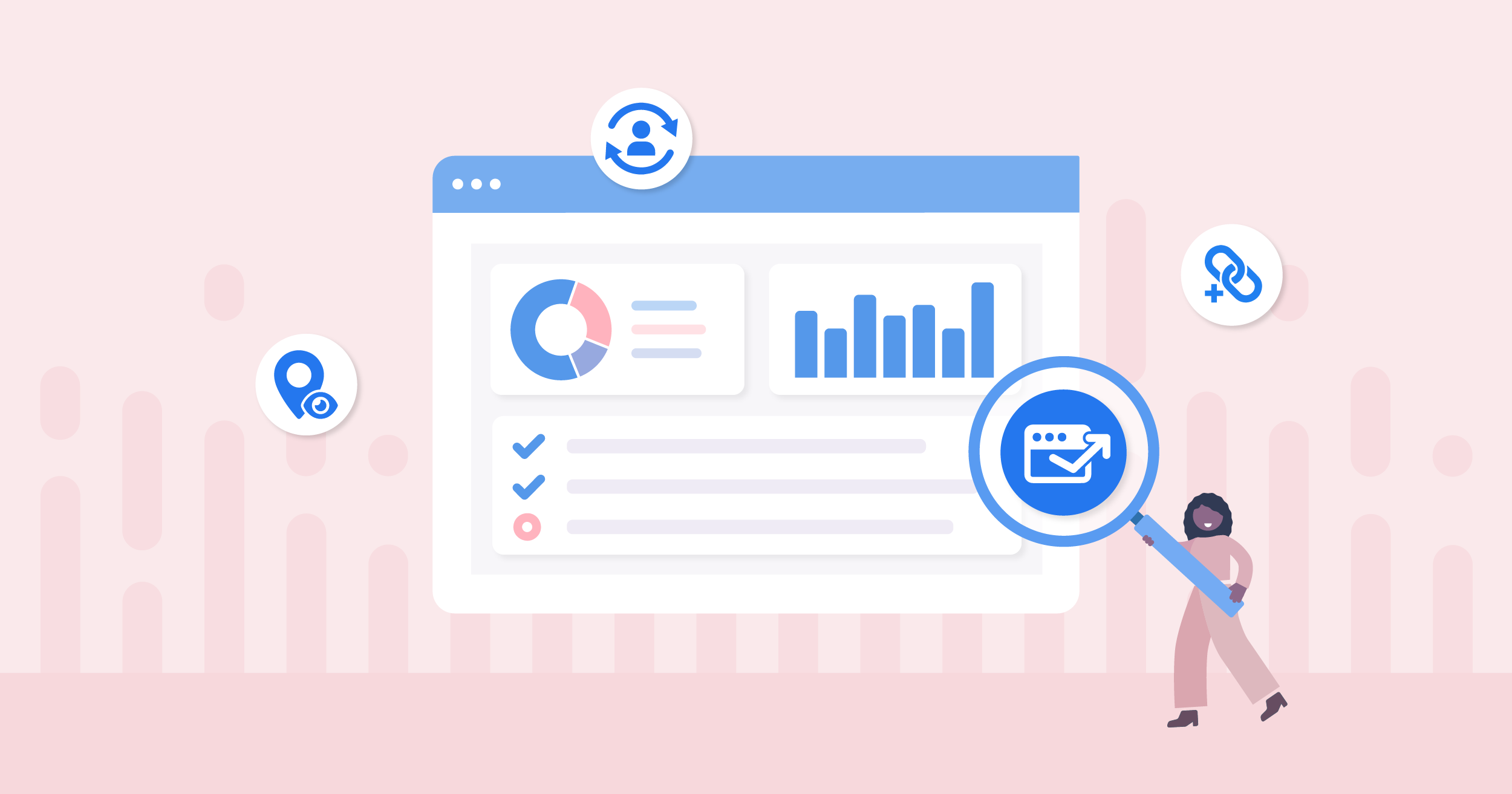SEO Analytics refer to the collection, measurement, and analysis of data related to the performance of a website in search engine results. This data is crucial for understanding how well a site is performing in search engines like Google, Bing, and others. SEO analytics allow website owners, marketers, and SEO professionals to make informed decisions to improve their site’s visibility, user experience, and overall performance.

Key Components of SEO Analytics:
- Organic Traffic:
- Definition: The number of visitors arriving at a website through organic search results (not paid ads).
- Why it’s important: More organic traffic generally indicates better search engine visibility and ranking.
- Keyword Rankings:
- Definition: The position a website occupies in search engine results pages (SERPs) for targeted keywords or phrases.
- Why it’s important: Higher rankings for relevant keywords drive more qualified organic traffic. Monitoring changes in keyword positions can help assess the effectiveness of SEO strategies.
- Click-Through Rate (CTR):
- Definition: The percentage of users who click on your website link when it appears in the search results.
- Why it’s important: A higher CTR suggests that the title, meta description, and overall search result listing are compelling, leading to more organic traffic.
- Bounce Rate:
- Definition: The percentage of visitors who land on your site and leave without interacting with it (e.g., without visiting another page).
- Why it’s important: A high bounce rate may indicate that the landing page is not relevant or engaging enough to keep visitors, signaling a potential issue with the user experience or content quality.
- Backlinks:
- Definition: The number and quality of external sites linking to your website.
- Why it’s important: Backlinks from authoritative websites are one of the strongest ranking factors in SEO. They improve your site’s credibility and domain authority.
- Page Load Speed:
- Definition: The time it takes for a page to load in a browser.
- Why it’s important: Faster load times improve user experience and are a ranking factor for Google. Pages that load slower tend to have higher bounce rates and lower rankings.
- Conversion Rate:
- Definition: The percentage of visitors who take a desired action (e.g., making a purchase, signing up for a newsletter).
- Why it’s important: SEO isn’t just about driving traffic but also converting that traffic into actual business results, like leads or sales.
Tools Used for SEO Analytics:
- Google Analytics: Tracks website traffic, user behavior, and conversions. It helps understand which sources bring traffic and how users interact with the site.
- Google Search Console: Provides insights into how Google crawls and indexes your site. It shows keyword rankings, impressions, clicks, and potential issues (like crawl errors or penalties).
- SEMrush, Ahrefs, Moz: Tools for tracking keyword rankings, backlink analysis, competitive research, and site audits.
- Google PageSpeed Insights: Measures the loading speed of pages and provides recommendations for improvement.
- Ubersuggest: Another keyword research and SEO analytics tool that helps track keyword rankings and site performance.
How SEO Analytics Measure Success:
- Tracking Improvement in Organic Traffic: If SEO efforts are working, organic traffic should steadily increase over time. This indicates that search engines are recognizing and ranking your content higher for relevant keywords.
- Improvement in Keyword Rankings: A key goal of SEO is to improve rankings for target keywords. Monitoring keyword positions over time helps evaluate how well your SEO strategies are performing.
- Engagement Metrics: Metrics like bounce rate, average session duration, and pages per session can indicate whether the content is relevant and engaging to visitors. A decrease in bounce rate and an increase in session duration typically signal success.
- Conversion Tracking: Success isn’t only measured by how many people visit your site, but also by how many convert (e.g., make purchases, fill out forms, etc.). SEO analytics tools can track these conversions to assess ROI.
- Backlink Growth: A growing number of high-quality backlinks is a strong indicator of improved domain authority and can be a sign of success in off-page SEO efforts.
- Technical SEO Health: Tracking issues such as crawl errors, broken links, and mobile usability ensures that the technical aspects of SEO are sound. Tools like Google Search Console provide insights into these issues.
- User Behavior Insights: By analyzing user behavior, you can identify which pages or content resonate with your audience and which need improvement. This can include metrics like average time on page or exit rate.
How to Use SEO Analytics:
- Monitor Trends: Regularly track your traffic, rankings, and conversions to identify patterns, seasonal changes, or emerging opportunities.
- Refine SEO Strategies: Use the data to adjust your keyword strategy, content development, on-page SEO, and link-building efforts.
- Fix Technical Issues: Regularly review technical reports to ensure the website is crawlable, mobile-friendly, and fast. SEO audits can help detect and resolve issues that might hinder performance.
- Optimize User Experience (UX): If metrics like bounce rate or session duration are unfavorable, investigate ways to improve your site’s content, navigation, or mobile responsiveness.
- A/B Testing: Run experiments on different versions of pages (like meta tags, CTAs, or landing pages) and track the results to determine which version drives better SEO results.